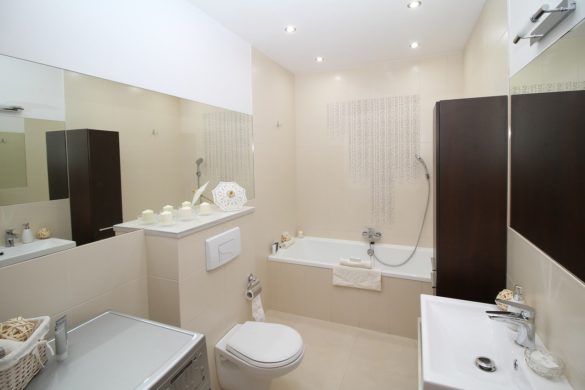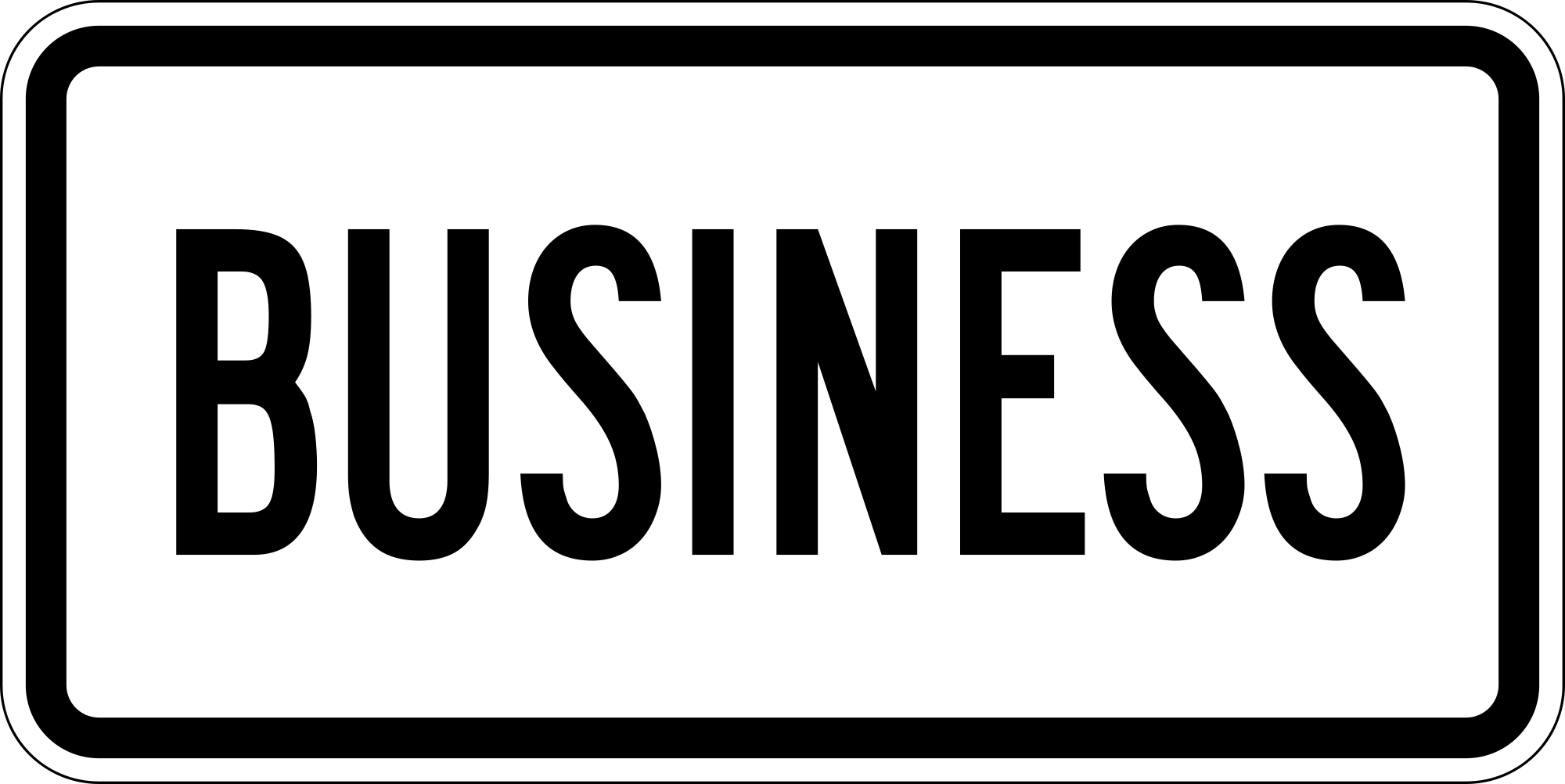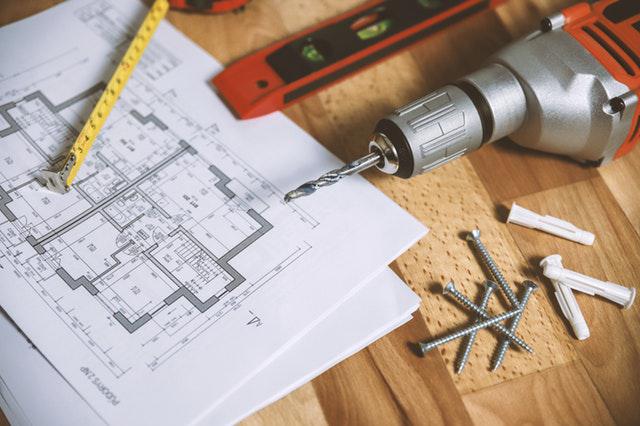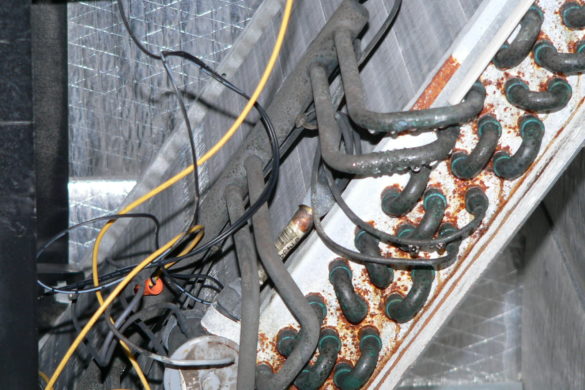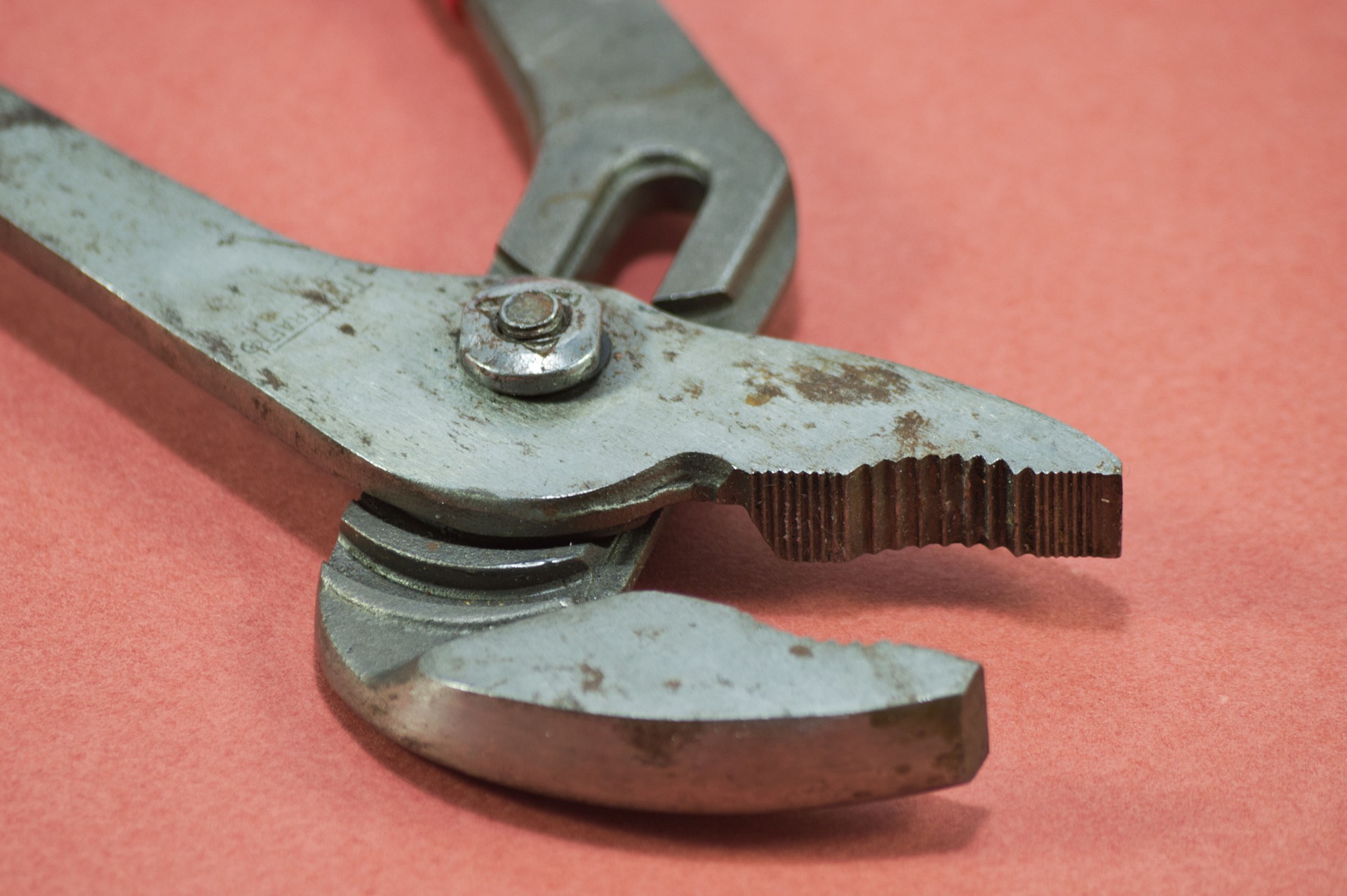
Proactive maintenance isn’t the sexiest topic, but it’s one of the most important concepts you can master in your personal and professional life. The idea is simple: by regularly inspecting, making small repairs, and addressing potential problems early, you can save yourself time, money, and energy fixing bigger problems later on.
But how can you use these principles to make your life easier and save money long-term?
Key Applications for Proactive Maintenance
Proactive maintenance is most important in these key areas:
- Business. First, you’ll need some kind of inspection and maintenance plan in place for your business. Businesses in manufacturing and other industrial fields often rely on heavy, expensive machinery to make products and accomplish their goals. If these machines are allowed to deteriorate beyond the point of possible repair, it could cost millions of dollars to replace them. By contrast, conducting a periodic inspection only takes a few hours, and small repairs, like replacing a worn part or reapplying lubricant, may only cost a few hundred dollars.
- Home. You’ll also want to inspect and proactively maintain your home as a homeowner. Your house will rely on many different pieces of equipment and components that require ongoing attention. For example, your HVAC system probably involves a central air conditioning unit, a heater, and a network of ducts running throughout your house. Keeping these systems clean and in good condition can prevent them from accruing damage over time, and help you address problem areas before they get any worse.
- Vehicles and personal equipment. If you use other personal equipment, including a personal vehicle, you’ll want to inspect and maintain those elements as well. This is commonly practiced with personal vehicles; getting the oil changed, rotating the tires, and looking for any worn or damaged components can ultimately keep your vehicle running longer.
The Benefits of Proactive Maintenance
There are several benefits of proactively maintaining your equipment and environment:
- Cost savings. Some people are reluctant to engage in maintenance because they’re afraid of the costs. They don’t want to pay $100 to an HVAC technician to inspect a heating unit that appears to be functioning fine, and they don’t want to spend a few hundred dollars a year taking their vehicle in for regular inspections, either. However, a proactive investment in maintenance can ultimately extend the lifespan of your most expensive purchases—and save you thousands (or, for big business applications, even millions) of dollars in the long run.
- Time savings. Proactive maintenance is also a way to save you time. Imagine the difference between taking your car in for a tune-up and dealing with a car that’s broken down on the side of the highway. One is a much bigger headache than the other; proactive maintenance can ultimately save you hours of time.
- Confidence and safety. In many applications, proactive maintenance is also a safety issue. This is especially the case for business environments like manufacturing; here, your employees will be operating heavy machinery and putting themselves at risk of injury (or even death). Regularly inspecting and maintaining your equipment gives you confidence that it’s functioning as it should—and that if your employees follow the correct safety precautions, they can work with the utmost confidence in their own protection. In some applications, proactive maintenance is legally required to maintain a safe, healthy work environment for your employees.
Putting Together a Plan
For a proactive maintenance plan to work, it has to be consistent. Applying fixes or changes only in response to problems that arise makes your plan become reactive, rather than proactive. And if you only conduct inspections when you happen to remember them, you’ll quickly find yourself missing key dates.
Accordingly, you’ll need to have some kind of plan in place. Make a list of all the equipment and machines you need to keep in good condition, and outline a plan for how often to inspect and maintain them. From there, you can set up automated alerts to remind yourself when it’s time for another inspection.
You’ll also have the choice of whether to conduct the maintenance yourself or to hire a professional. In many cases, you can learn the skills necessary to maintain your own equipment, and you’ll save a lot of money in the process. However, if you’re still an amateur, if you’re not fully confident in your abilities, or if you’re working with something particularly dangerous, it’s a good idea to hire a professional even if it costs a little more.
With the right proactive maintenance plan in place for both your business and home environments, you’ll be safer and more confident, and you’ll save more money. Make sure you keep your plan consistent, and update it as necessary when you purchase new equipment or learn new things.




